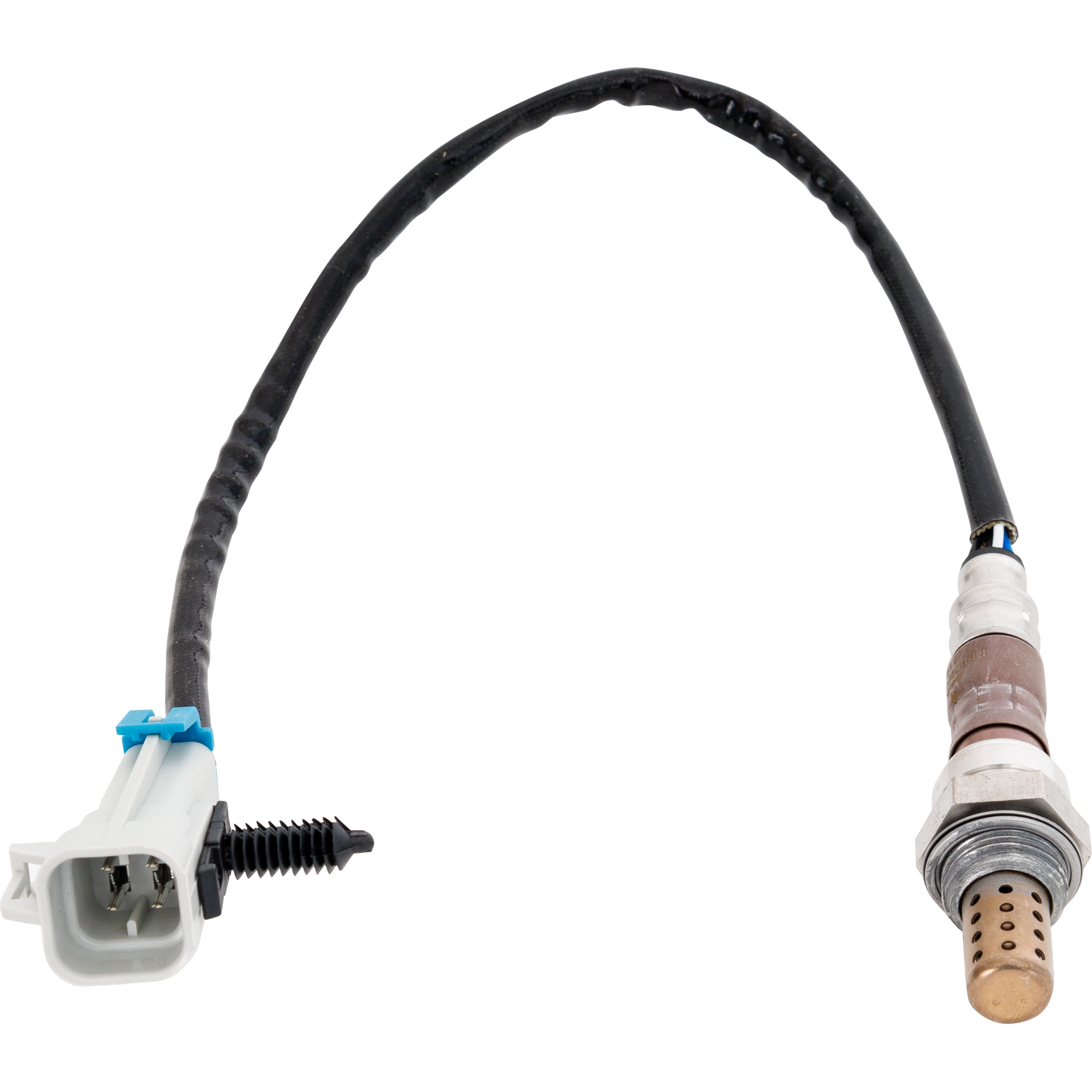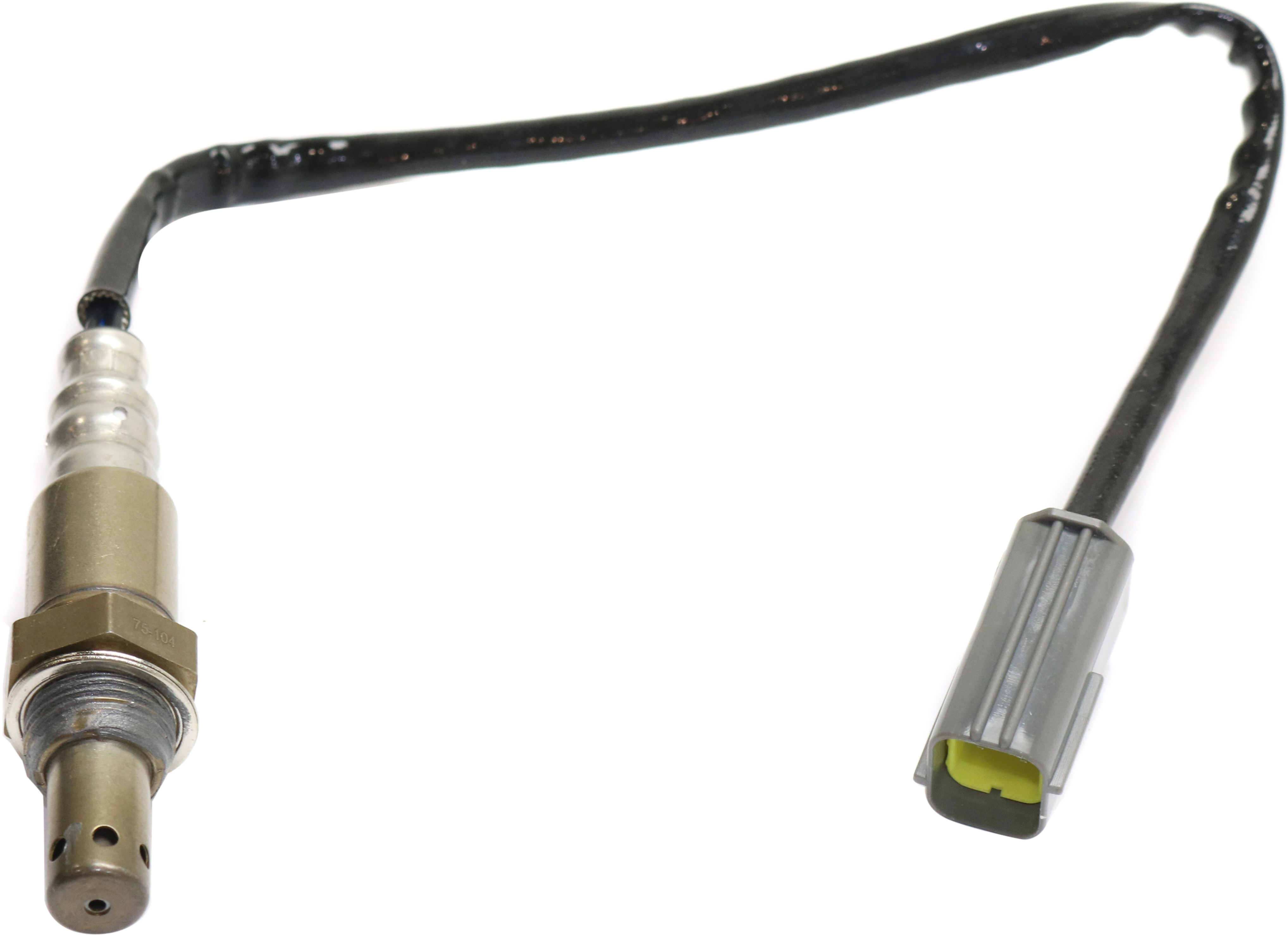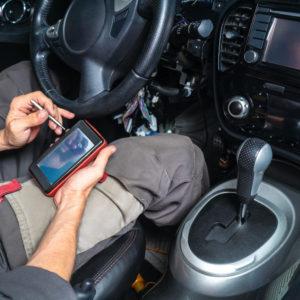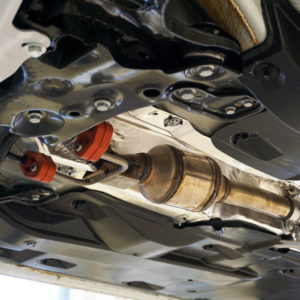The P0152 code is a trouble code suggesting a possible issue with an oxygen sensor or its circuit. Find out more about the definition, causes, and symptoms of P0152 with this guide.
What Does the P0152 Code Mean?
Diagnostic trouble code (DTC) P0152 stands for “O2 Sensor Circuit High Voltage (Bank 2, Sensor 1). This code is set when the powertrain control module (PCM) determines that the voltage signal from the pre-catalytic oxygen (O2) sensor has been out of the set range for longer than a specified amount of time. The PCM may also store P0152 if it detects that the pre-catalytic oxygen sensor is in a rich position for too long.

The “Bank 2” in the definition of code P0152 refers to the engine bank opposite bank one or the bank that does not contain cylinder one. Meanwhile, the “Sensor 1” in this trouble code’s definition points to the first sensor or the sensor before the catalytic converter on bank two.

Oxygen sensorsmeasure the oxygen content of both the ambient air and the exhaust using a hollow bulb of ceramic zirconia that works as an electrolyte. The sensor is calibrated so that when the exhaust stream is rich (less O2), the sensor voltage rises. When the exhaust stream is lean (more oxygen), the O2 voltage drops. They’re either mounted on the exhaust manifold or located in the exhaust pipe. These sensors typically have a heating element to bring them up to operating temperature faster.
Traditional sensors produce no voltage until they reach 600 degrees F. It’s important to remember that the O2 sensor doesn’t sense fuel, so a cylinder with a misfiring spark plug will send both oxygen and unburned fuel into the exhaust stream, but all the O2 sensor will detect is the oxygen. O2 sensors don’t “smell” fuel.
The PCM uses the input from the oxygen sensors and other sensors (e.g. throttle position sensor, engine coolant and intake air temperature sensors, Mass Airflow sensor, MAP sensor, etc.) to calculate the amount of fuel to be delivered to the engine.
If you’re planning to diagnose or fix P0152 yourself, you can find more information in our technical discussion about how the downstream oxygen sensor can trigger codes like P0152.
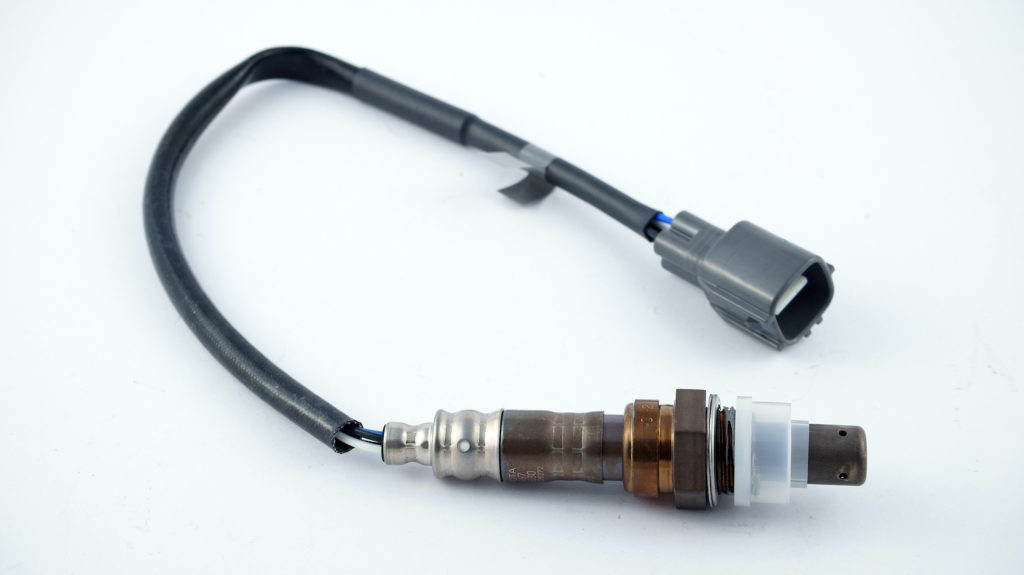
Note: The definition of code P0152 may be different depending on the vehicle manufacturer. Consult the appropriate repair manual or repair database for the exact code definition.
What Are the Possible Causes of the P0152 Code?
Trouble codes, such as the P0152 code, have quite a few possible causes. Also, they can only indicate the nature and location of the problem and not the root cause. Listed below are some of the likely reasons why the P0152 code sets:
- Faulty oxygen sensor
- Faulty oxygen sensor wiring or connections
- A rich running condition (too much fuel)
- Faulty PCM
What are the Common Symptoms of the P0152 Code?
Many trouble codes may exhibit other symptoms, aside from an illuminated warning light. For some, however, an active malfunction indicator lamp may be the only sign of a potential issue. As for the P0152 code, there are several noticeable indicators, some of which are listed below:
- Malfunction indicator lamp (MIL) or check engine light on
- Engine running rough
- Engine running rich
- Poor engine performance
- Increased fuel consumption
- In many cases, emissions will increase
- In some cases, no noticeable symptoms may be present

How to Diagnose the P0152 Code
Determining the exact root cause from a list of possible causes is the first step to accurate trouble code diagnosis. However, this is no easy task, as misdiagnosis sometimes happens. In fact, sometimes, the oxygen sensor gets replaced when the real problem is faulty oxygen sensor wiring or connections. In other cases, the oxygen sensor is replaced when the actual issue is an over-reporting mass air flow (MAF) sensor.
If you encounter the P0152 code and notice any lean or rich codes stored along with it, it might be a good idea to fix the lean or rich codes first. These codes may cause the oxygen sensor voltage readings to appear inaccurate even if it’s reading correctly.
For more information on trouble codes and the proper way to diagnose and fix them, you should always consult reliable resources. Vehicle-specific repair manuals and databases are the best sources of repair information because they have detailed instructions and helpful illustrations.
How to Fix the P0152 Code
Troubleshooting P0152 requires accuracy and precision, especially since there are many possible reasons why trouble codes set. In addition, vehicles are built differently. Terminology, components, and repair and diagnostic procedures will vary according to the vehicle manufacturer. That’s why the setting conditions for the P0152 code on a Nissan vehicle differs from that of a P0152 on a Ford vehicle.
Repair manuals and databases can definitely help one understand trouble codes and how the diagnosis and repair procedures should go. However, if you’re not familiar with vehicle repairs, it’s best to leave it up to a certified professional to avoid possible damage and injury.
Other Notes About P0152
P0152 should be treated as a moderately serious code because it can cause the engine to run inefficiently and in some cases, lead to catalytic converter failure. Because this code can cause your vehicle to idle roughly or to suddenly lose power, it’s important to address the issue immediately.
Get a Replacement Oxygen Sensor that Fits Your Vehicle
If you aren’t able to fix the root cause behind DTC P0152, your vehicle will likely continue to have problems like poor engine performance and increased emissions. Ask a mechanic to replace your vehicle’s faulty oxygen sensor or its connected wires to solve these issues. For the right parts at competitive prices, check out CarParts.com.
The CarParts.com catalog includes quality aftermarket parts for a wide array of different vehicles. Use our built-in vehicle selector to see parts that suit your vehicle. Simply input your vehicle’s make and model and choose the parts you want to browse. That way, you’ll be able to view parts that we guarantee will fit your vehicle perfectly. Placing an order afterwards takes only a few quick clicks. We’ll even deliver your parts to your doorstep in as fast as two business days.
Don’t put off repairing the issues triggering DTC P0152. Buy a new oxygen sensor from CarParts.com now.
Product Mentioned in this Guide
Shop this Project



Any information provided on this Website is for informational purposes only and is not intended to replace consultation with a professional mechanic. The accuracy and timeliness of the information may change from the time of publication.


 Oxygen Sensor
Oxygen Sensor
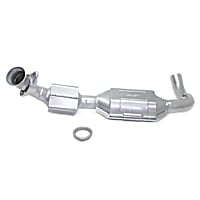 Catalytic Converter
Catalytic Converter
